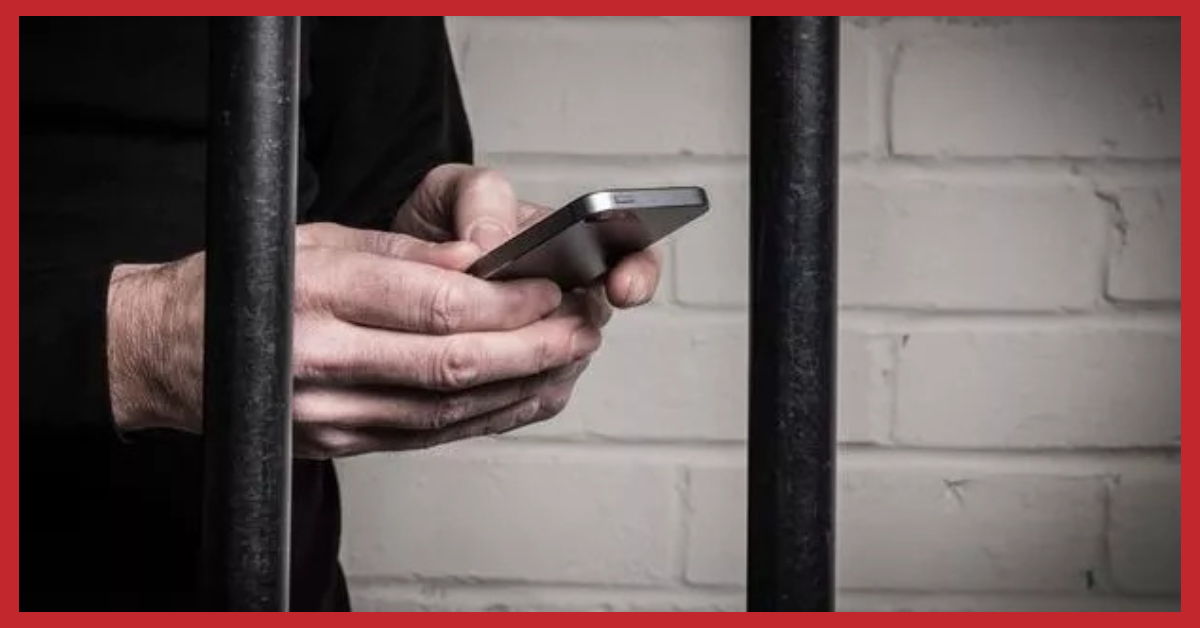In a shocking turn of events, the high court has asked jails from Punjab, Haryana, and Chandigarh to submit data on the confiscation of phones. This addresses the concern towards the security loopholes as inmates are able to use smuggled phones for extortions or other criminal activities, thriving their business from within the walls of correctional facilities
Cell phones amongst inmates in jails has always been a serious issues, which creates major obstacle in maintaining law and order. Even though there has been strickt implementation of security protocols such as metal detectors, body scanners, and signal jammers, but still somehow the instance of inmates accessing and utiliziing phones to connect with the outside world have continuously surfaced, this represent the dire need for vigilance and corrective measures.
The High court’s direct intervention to demand a jail-wise compiled data on confiscated phones reflects proactive approach towards addressign this never-ending issue. By mandating the submsison of the detailed information about the confiscated mobile devices withi correctional facilities, the judiciary seeks to gain knowledge abou the extent of the problem and further guide them to identify the areas requiring intervention and remediation. This data will be very useful in identifying patterns and trends. It will assist the judiciary in finding answer to different questions such as, Are certain prisons more vulnerable? Is there any specific variety of phone that is being smuggled into the facilities? Is there any correlation between phone availability and incidents of criminal activities in prison?
The step initiated by the High Court serves a significant step towards authorities to take more strong actions to curve the unauthorized access to mobile phones within these correctional facilities. It underscore the need of implementing stringent measures to find and restrict the smuggling of contraband devices in prisons, so that the nexus between the incarcerated individuals and their network outside can be disturbed. It also raises directs question towards the success of rehabilitation programs wif inmates are still able to have impact on the outside world while being in jail.
This multi-dimensional challenge of contraband phone use within prison can only be sorted with collaborative efforts from difference stakeholders such as prison authorities, law enforcement agencies, policymakers, and technology providers, While implementing security measures is crucial, it is equally important to address the root causes that incentivize inmates to do phone-aided criminal activity.
In the end, the high Court;s directive to compile jail-wise data on seizures of phones from prisons in Punjab, Haryana and Chandigarh, underscores how deep this issue is of illicit communication and criminal activites from prisons. It also clarify the requirement of immediate action to addres security loopholes, disrupt criminal activity origination from behind the brs, ultimately protecting the public .
The issue of mobile phone use within prison is a complex one, with no easy solution. However, the High Court’s inquiry marks a significant step towards acknowledging the problem and fostering collaborative action. As technology continues to evolve, so too must prison security measures. Implementing advances technologies, coupled with the commitment to address the root causes of criminal activity, can pave the way for a more secure and effective correctional ecosystem, This, in turn, will contribute to a safer and more just society for all. Only through collaborative efforts and decisive interventions can authorities combat the scourge of extortion calls made from prison and safeguard the interest of society as whole.



